Explain the meaning of the word “namaste.” How do you say it? And when should it be used? Everything you wanted to know about this common yet confusing yoga word is right here.
Sitting cross-legged in front of the classroom, the instructor takes a deep breath, presses his or her hands together in a prayer position, and then bows deeply while invoking the sacred phrase “Namaste.” Yoga students respond in kind by assuming the same posture and bending low to mutter a hushed “namaste.” This practice is so ubiquitous that yoga almost seems incomplete without it.
However, yoga practitioners have recently begun to examine the when, where, and why of their use of the word “namaste.” Do we get what namaste really means? Are we using it properly? Do we even need to utilize it? Some yogis worry that the phrase, which has significant cultural importance in South Asia, has been overused to the point where it no longer has any meaning at all.
What Does Namaste Mean?
Among yoga practitioners, the most prevalent interpretation of “namaste” is “The Divine in me honors the Divine in you.”
“Nama” means bow; “as” means I; and “te” means you; this is why the direct translation of namaste is “I bow to you.”
This greeting’s “Divine in you” meaning stems from the Hindu idea that God dwells in every human being. The gesture of Namaste is an acknowledgment of the soul in one by the soul in another.
Also Read: Outstanding Benefits of Early-Morning Yoga
How Do You Pronounce Namaste?
The true pronunciation of the phrase is “nuh-MUH-stheh.” and not the popular way of “nuh-muh-stay” with a hard “stay.” Remember, it is a soft “stheh”. The “Stheh” part can also be attributed to “stuteh” a sanskrit word for “praise”.
South Asian speakers won’t have any trouble pronouncing the first sound of the final syllable, although it may take some effort for native English speakers.
As long as you’re trying your best and pronouncing Sanskrit terminology correctly, our experts think it’s fine to use the word in conversation.
When should “Namaste” be used?
Among South Asians, this is the customary salutation for elders, teachers, and other respected figures. There is an implied sense of superiority in this form of address, as a younger person would use it to greet an older person or a pupil to address a teacher. Hence, Namaste, or Namaskar, is said when you meet and welcome a senior in South Asia.
Remember, it is not supposed to be used at the end of a yoga class, as you most often experience.
Namaste VS Namaskar
Most people use either namaste or namaskar interchangeably. They are both used to greet and honor a valued figure. Namaskar is typically used when addressing someone who is influential, spiritually significant, or otherwise held in high esteem.
What Does The Namaste Gesture Mean?
Anjali Mudra is the name given to the hand gesture used in reciting the Namaste. The Sanskrit root of the term Anjali is “anj,” meaning to honor or celebrate. The term “mudra” describes a certain hand gesture. Hasta mudras are sacred hand motions that are utilized in yoga and meditation to deepen the practice.
Press your palms together, fingers touching and directed up, and your thumbs to your chest to make the Anjali Mudra, a traditional gesture of namaste. Put your head down or bend at the waist and close your eyes. The hands can also be placed in front of the third eye, with the head bowed, before being brought down to the heart.
The heart’s significance recalls the notion that we all possess a divine spark at our heart chakra.
To strengthen the flow of divine love, we place our palms together at the heart center. Bowing the head and closing the eyes lets the mind surrender to the Divine in the heart,” he explains.
In India, it is unnecessary to say the word namaste while bowing because the gesture itself signifies namaste.
Namaste in a variety of other forms
It’s not necessary that the recipient be present for the gesture to be meaningful. Self-namaste is a wonderful way to practice meditation and self-love. It is also a great way to boost your connection with others and to yourself.
Also Read: Best yoga schools in India
How Do You Put Namaste Yoga to Use?
If the term and gesture are utilized in yoga settings, it may be done both at the beginning as a polite greeting. The energy in the room is more peaceful and the mind is less active at the end of class. The teacher says “Namaste” to show her appreciation for students and their teachers and urges them to do the same so that they might tap into their own ancestry and experience “the truth that we are all one when we live from the heart.”
Conclusion
Namaste is a powerful way for people to merge their energies. A profound spiritual relationship might develop if it is done with deep feelings in the heart and with the mind surrendered.
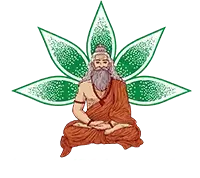
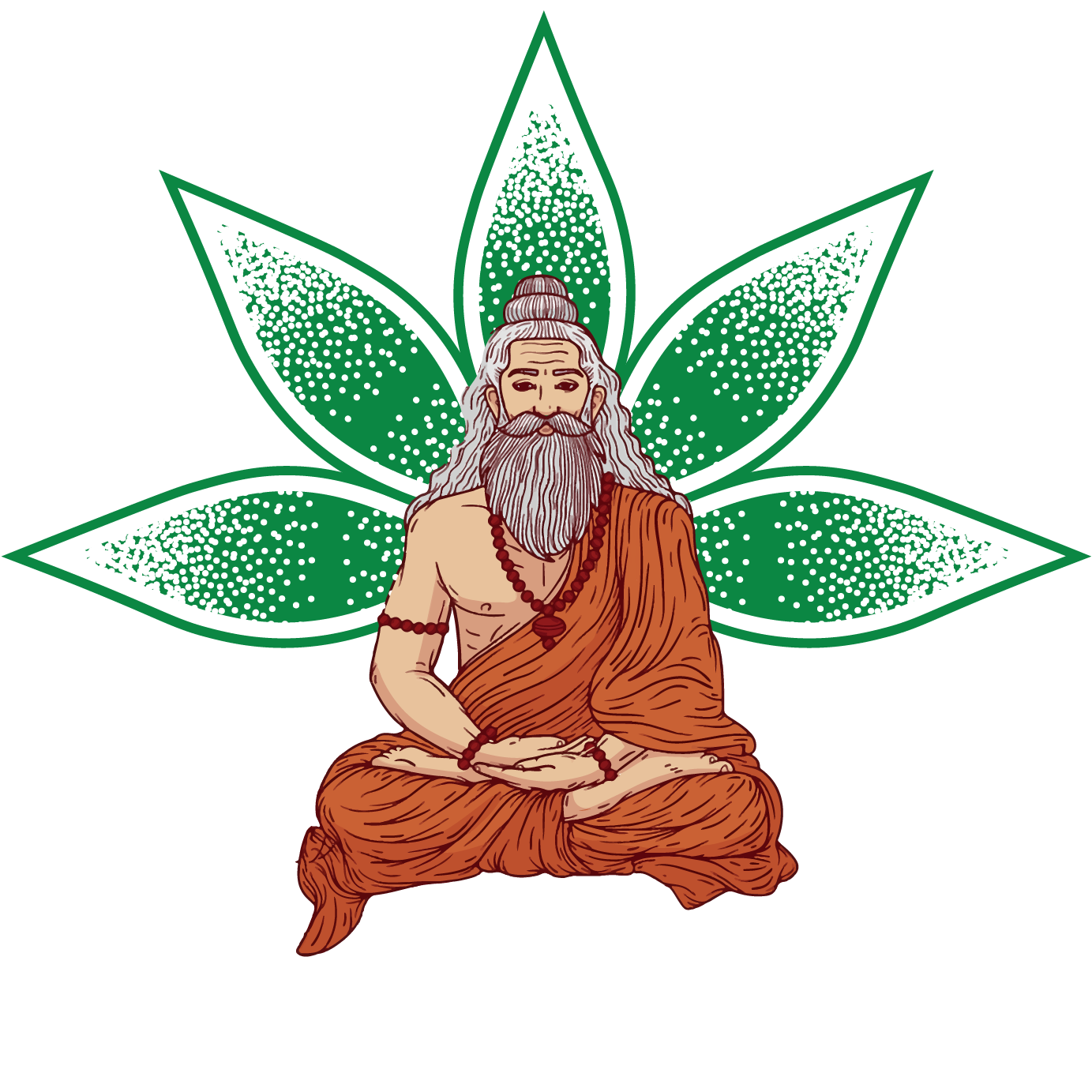
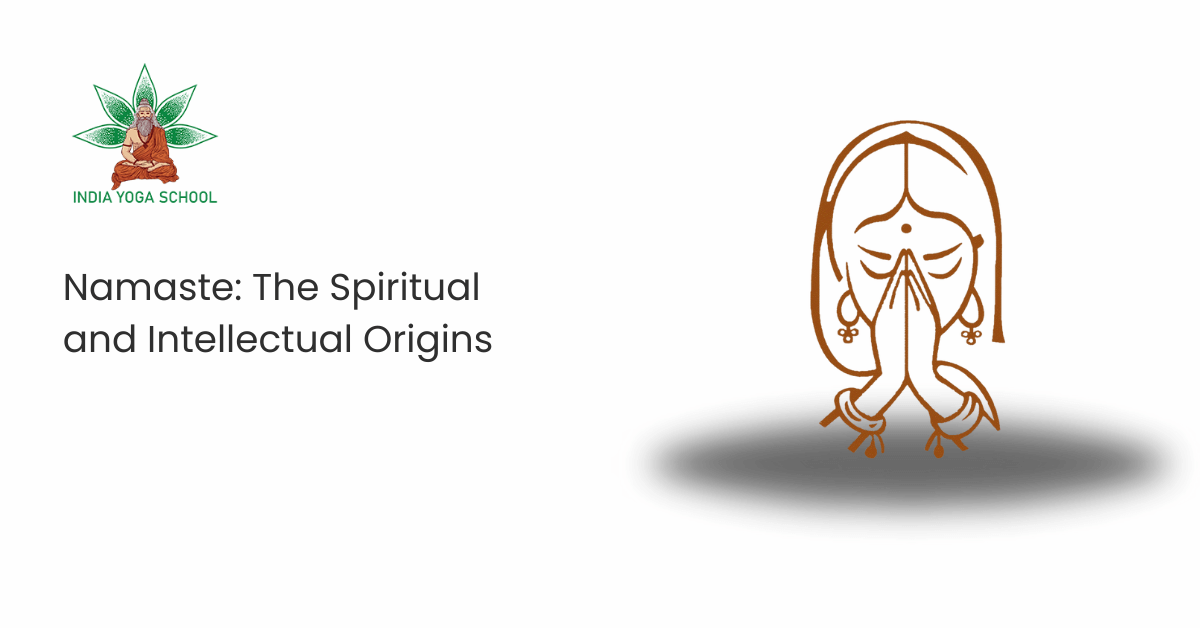
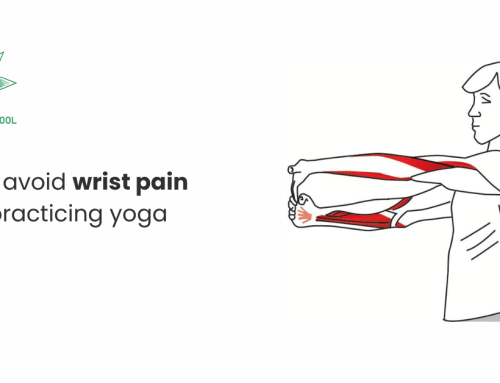

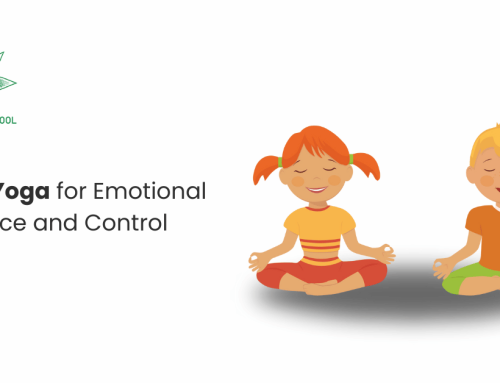
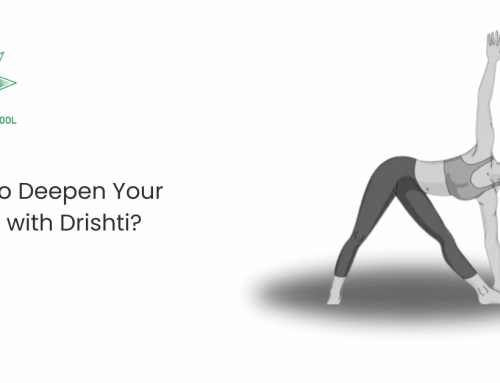
Leave A Comment